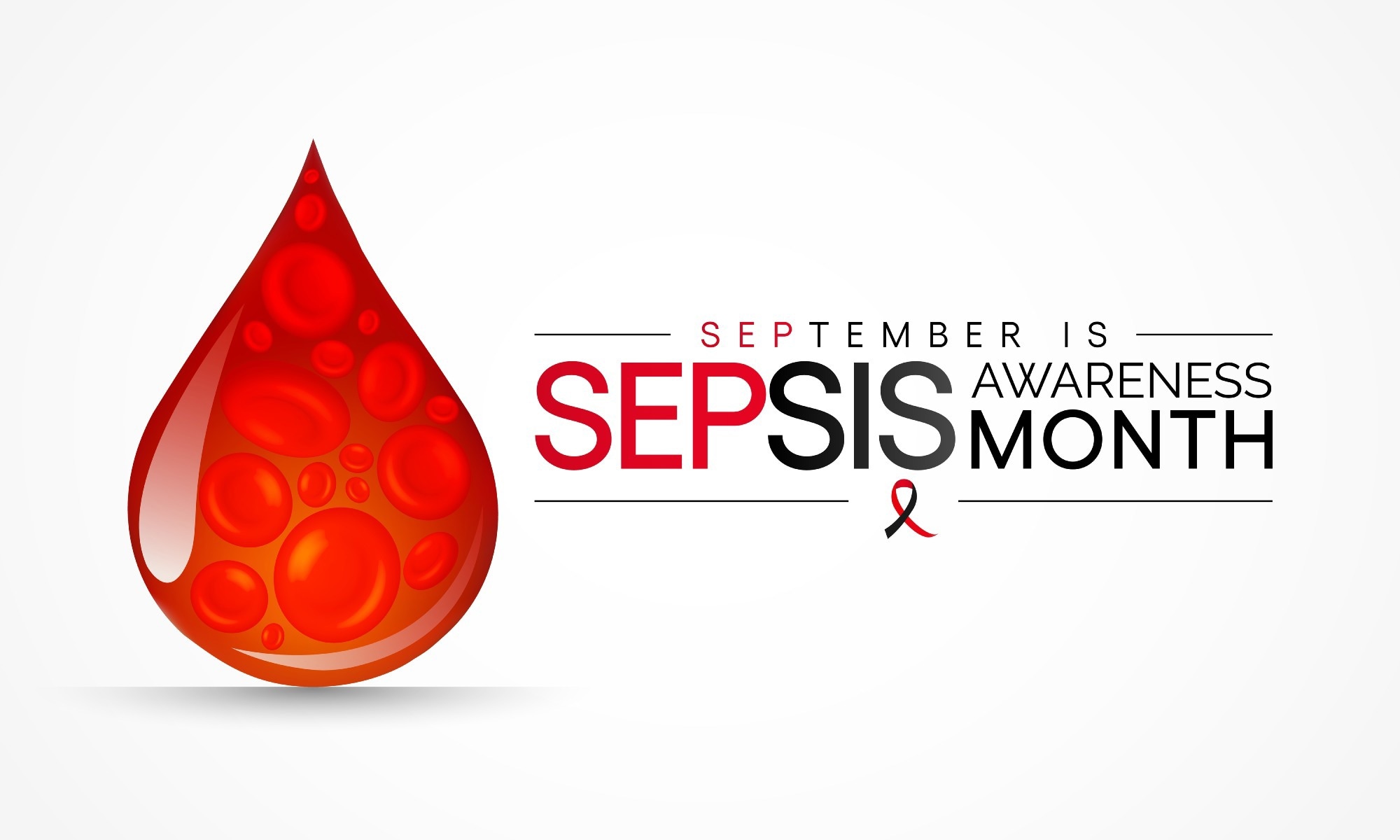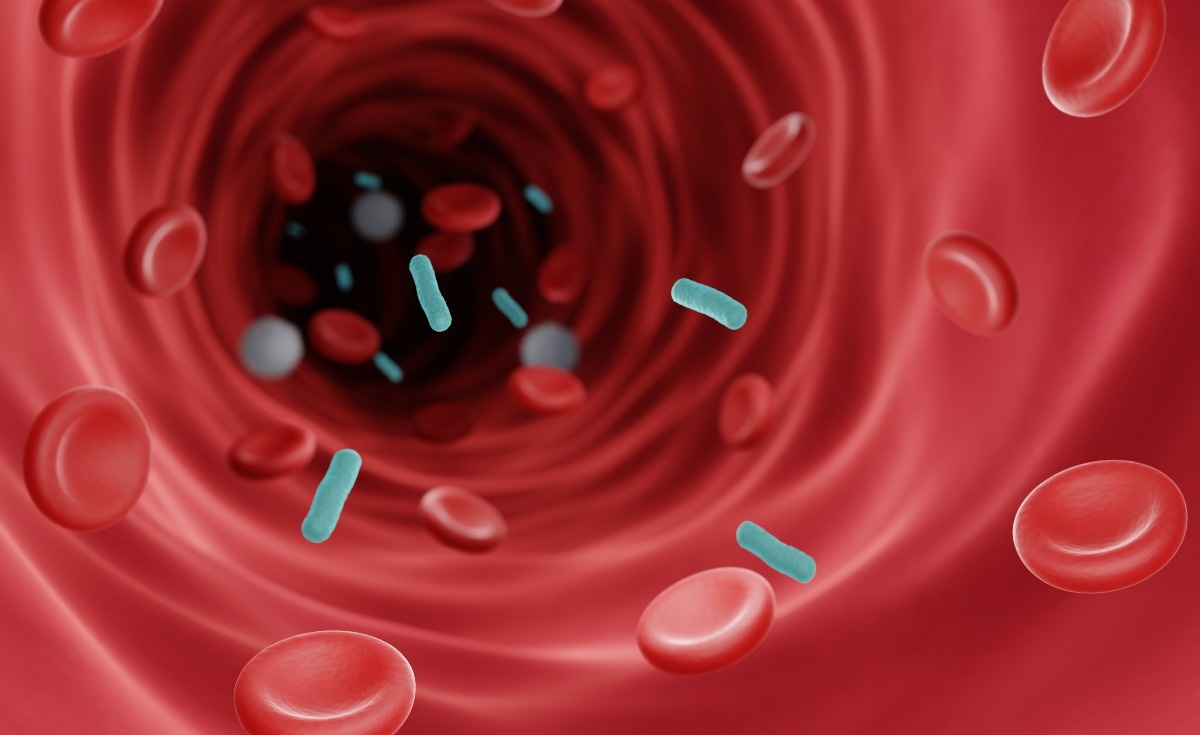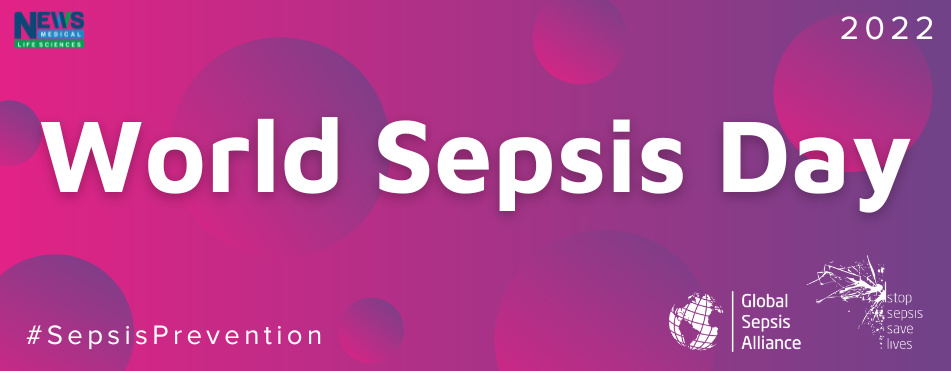My name is Dr. Ron Daniels, and I am an intensive care consultant in Birmingham in the West Midlands, and I am also the founder and chief executive of the UK Sepsis Trust. The charity is on a mission to reduce the needless loss of lives from sepsis, as well as improve outcomes for survivors. We do this through three work streams. First and perhaps the most important is by providing support to people affected by sepsis. We have support groups for people bereaved by the condition, support groups for survivors, as well as their families, and we also provide financial and legal advice to people.
The second workstream is in the clinical space. We provide solutions such as the Sepsis Six Treatment Tool to health professionals, which is now in use across the UK and in many other countries around the world. We also provide education in support of those tools.
The third stream is raising public awareness because it is no good ensuring health professionals are well trained if people wait at home deteriorating before presenting to healthcare professionals. We encourage members of the public to get to healthcare and access it at the right time.
 Image Credit: The Creative Guy/Shutterstock
Image Credit: The Creative Guy/Shutterstock
Sepsis affects close to 50 million people worldwide annually. What exactly is sepsis, how is it diagnosed, and why is it so important to identify at an early stage?
Sepsis is the way the body responds to an infection. It is always triggered by an infection, and in sepsis, the immune system goes into overdrive. If we do not stop it, that starts to cause organ damage. The infections that give rise to sepsis are common. They are things like pneumonia, urinary tract infections, abdominal problems, or sometimes something as simple as a cut, a bite, or a sting.
In terms of how we recognize it, sepsis can be very difficult to recognize. It can develop in many people insidiously, with patients slowly deteriorating over a period of sometimes 72 to 96 hours. It can develop in people of any age, and it can arise as a consequence of any infection. So, there is no single set of criteria to look for to help us to identify sepsis. What we need is a high index of clinical suspicion.
We build a picture over the first hour or two that the patient is with us. That picture will include data from blood tests, other laboratory data, as well as vital signs monitoring and the clinical history of the patient. When we build this picture, in the UK, we look for red flags or a very high NEWS2 score, and internationally, the academic criteria are a change in something called the SOFA score, or S-O-F-A score.
In terms of why it is time-sensitive and why it is time critical, is because sepsis is a medical emergency. In the most severe cases, just a few hours can make the difference between life and death. We know that getting treatment for the patient sooner is better than getting treatment later. In the most severe cases, we have to start that treatment within the first hour; in the less severe cases, we can allow up to around three hours to deliver treatment to the patient.

Image Credit: ART-ur/Shutterstock
Sepsis can be difficult to spot because of the array of symptoms it can cause. Do you have any advice regarding how individuals can more easily recognize the symptoms of sepsis?
The key to sepsis is to be aware that infections can, in some cases, give rise to sepsis, and to know where to look for the symptoms. The first piece of advice is to trust your instinct. If you or a loved one are deteriorating with an infection, and particularly if you have never seen this person that unwell before, then if you are in the UK, you need to go to 111 or make an appointment to see the GP and just ask, could it be sepsis?
If you believe someone is critically ill, if you are extremely concerned about them, then they need to go to the NHS website or another source like yours and look for the symptoms of sepsis, which should direct them straight to A&E. Now, for adults, those symptoms spell the word sepsis:
- S for slurred speech or confusion
- E for extreme pain in the muscles or joints
- P for passing no urine in a day
- S for severe breathlessness
- I for it feels like I'm going to die
- S for skin that is mottled or discolored, or very pale
Any one of those six in the context of infection means go straight to A&E.
Many people remain unaware of the potential life-changing after-effects that sepsis can cause. Can you tell us more about the cognitive, psychological, or physical sequelae of sepsis?
We know that around 40% of people who survive sepsis still have life-changing after effects at one year, and they can range from the relatively mild, such as disordered thoughts and sleep disturbance, through to the disabling, which might be extremely disabling fatigue or PTSD, for example.
There was a study in Scandinavia that showed that among working-age adults, 43% were still not back at work one year after their illness. So, what we have to do is to provide support and lobby for resource allocation to rehabilitation for this very large and very needful population.
Can you tell us more about the relationship between sepsis and SARS-CoV-2?
So, because we have agreed that sepsis is the way the body responds to infection, causing organ damage, we can look at what has happened to those people who are most severely ill with SARS-CoV-2 infection. With COVID-19, it is very clear that in severe cases, particularly those who have needed intensive care, this is sepsis.
It is an overwhelming immune reaction to the virus that is sepsis. So, SARS-CoV-2 can directly cause sepsis. A small percentage of people infected with SARS-CoV-2 have gone on to develop a secondary bacterial infection, and of course, that can then precipitate sepsis. We expect that as people recover from severe illness with COVID-19, they will be not hugely, but slightly at greater risk of further infections and sepsis than the general population who have not been very sick with COVID-19.
 Image Credit: PHOTOCREO Michal Bednarek/Shutterstock
Image Credit: PHOTOCREO Michal Bednarek/Shutterstock
One in five deaths worldwide is associated with sepsis. Why, therefore, is sepsis prevention so critical, and how do you believe we can move towards a shared goal of reducing sepsis incidence worldwide?
You mentioned sepsis prevention. Now we cannot prevent every case of sepsis, but it is important that people have equitable access to appropriate vaccinations. It is also important that we examine individual countries’ needs regarding access to clean water, sanitation, and hygiene, as well as access to resilient healthcare systems.
Step one is preventing as many cases as we can. Step two is around heightening awareness among the general public in all countries. This should not just be in high-income countries. Most of those deaths, rather nearly half of those deaths in poorer countries, are children. So, it is vital that governments educate their populations as set out in the World Sepsis Declaration and the WHO Resolution on Sepsis.
The third thing is building resilience within those healthcare systems. It's ensuring that supply chains mean that health professionals can access the right antimicrobials at the right time and do so in a responsible way. It is also around training health professionals to spot sepsis quickly and deliver the very best care to patients.
Both World Sepsis Month and World Sepsis Day are celebrated annually in September. Why do you believe it is so important to raise awareness of sepsis and how do events like these help to achieve this goal?
This is the 10th year of World Sepsis Day, which is something of a milestone. Now we have seen events for World Sepsis Day in 60 countries around the world. In some cases, these are joint events between hospitals and members of the public, which of course is a great way to engage local communities. In other countries, these are national events with the engagement of policymakers, business leaders, healthcare provider organizations, health professionals, and the general public. Through events like this, and really raising the noise, including on traditional and social media, we can really get those policymakers engaged in this journey and start to work towards the delivery of the WHO Resolution on Sepsis. I think one example of what has happened is that in May of this year, at the G7 Summit, the health ministers placed a commitment to strengthen the WHO Resolution in their communiqué.

What is next for the UK Sepsis Trust? Do you have any exciting projects coming up?
We are all aware that we are entering a challenging landscape for any small business or nonprofit organization. We have to innovate. We have to modernize in order to deliver the care to our patients that we desperately need.
The UK Sepsis Trust is also in its 10th year, and we have launched our Power of 10 Campaign. It is ambitious. We want to educate 10,000 newly qualified health professionals this year. We want to support 10,000 more people affected by sepsis, and we want to make 10 million more people in our countries aware of sepsis. We are on a journey to that, but there is one specific example. What we are doing is we are building a platform where people who have survived sepsis can access robust resources and help to guide their rehabilitation. By taking our support services into that digital space, we are very confident that we can upscale the provision of those services to huge numbers of patients very quickly.
Where can readers find more information?
About Dr. Ron Daniels
Ron Daniels is an NHS Consultant in Intensive Care, based at University Hospitals Birmingham, U.K. He is also Chief Executive of the UK Sepsis Trust and Vice-President of the Global Sepsis Alliance. In 2016 he was awarded the British Empire Medal for services to patients.
Ron’s expertise lies in translational medicine and leadership. He leads the team driving dissemination of the Sepsis 6 treatment pathway and is part of the team responsible for much of the policy and media engagement around sepsis in the U.K. and elsewhere, including as a core member of the team securing the adoption of the 2017 Resolution on Sepsis by the WHO.
At home, Ron has worked with the NHS over the last seven years to ensure that, in England, more than 80% of patients presenting with suspected sepsis now receive appropriate antimicrobials rapidly. He is ever mindful of the perceived conflict, and the synergies and need for collaboration, with the antimicrobial stewardship agenda.